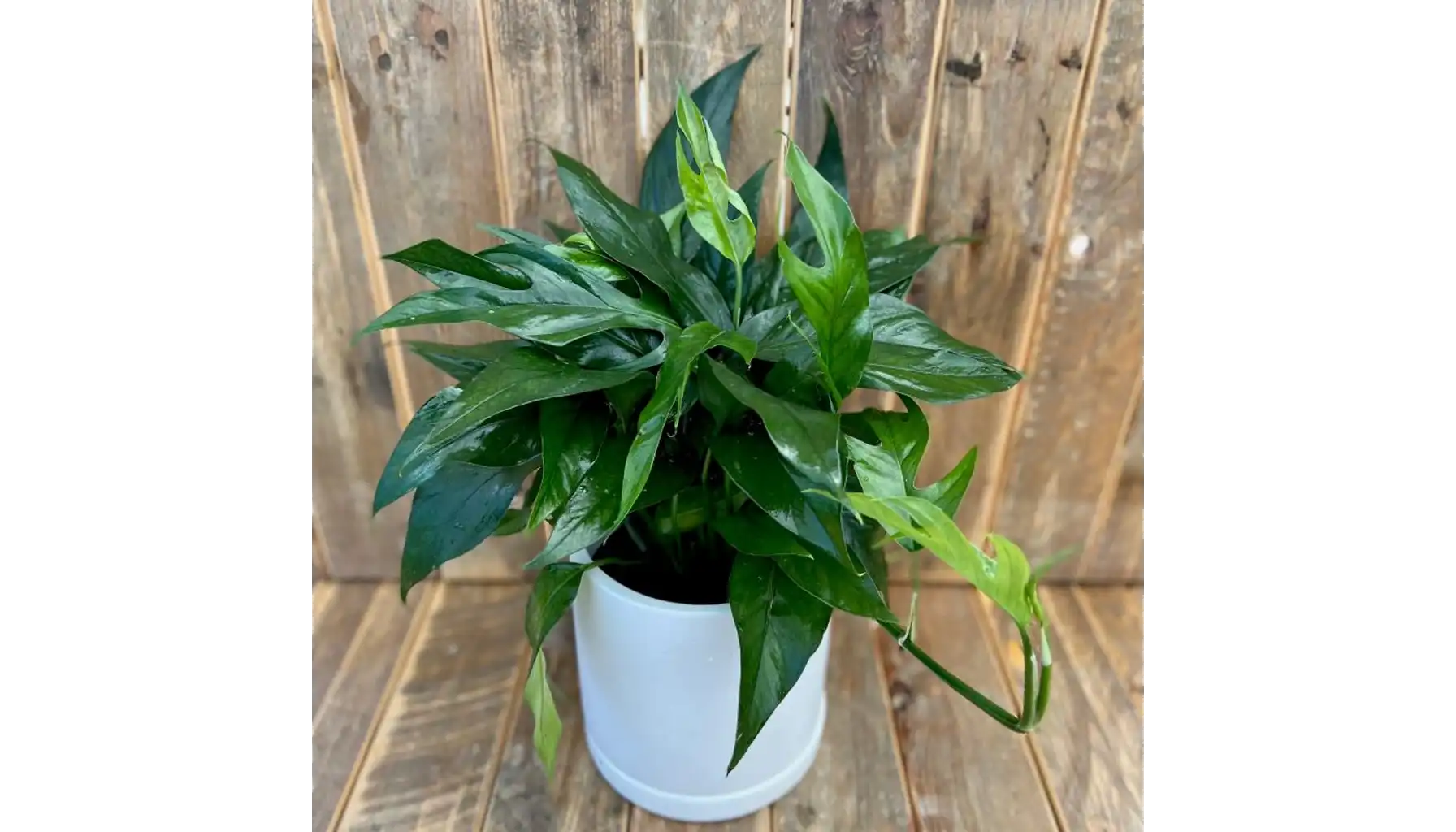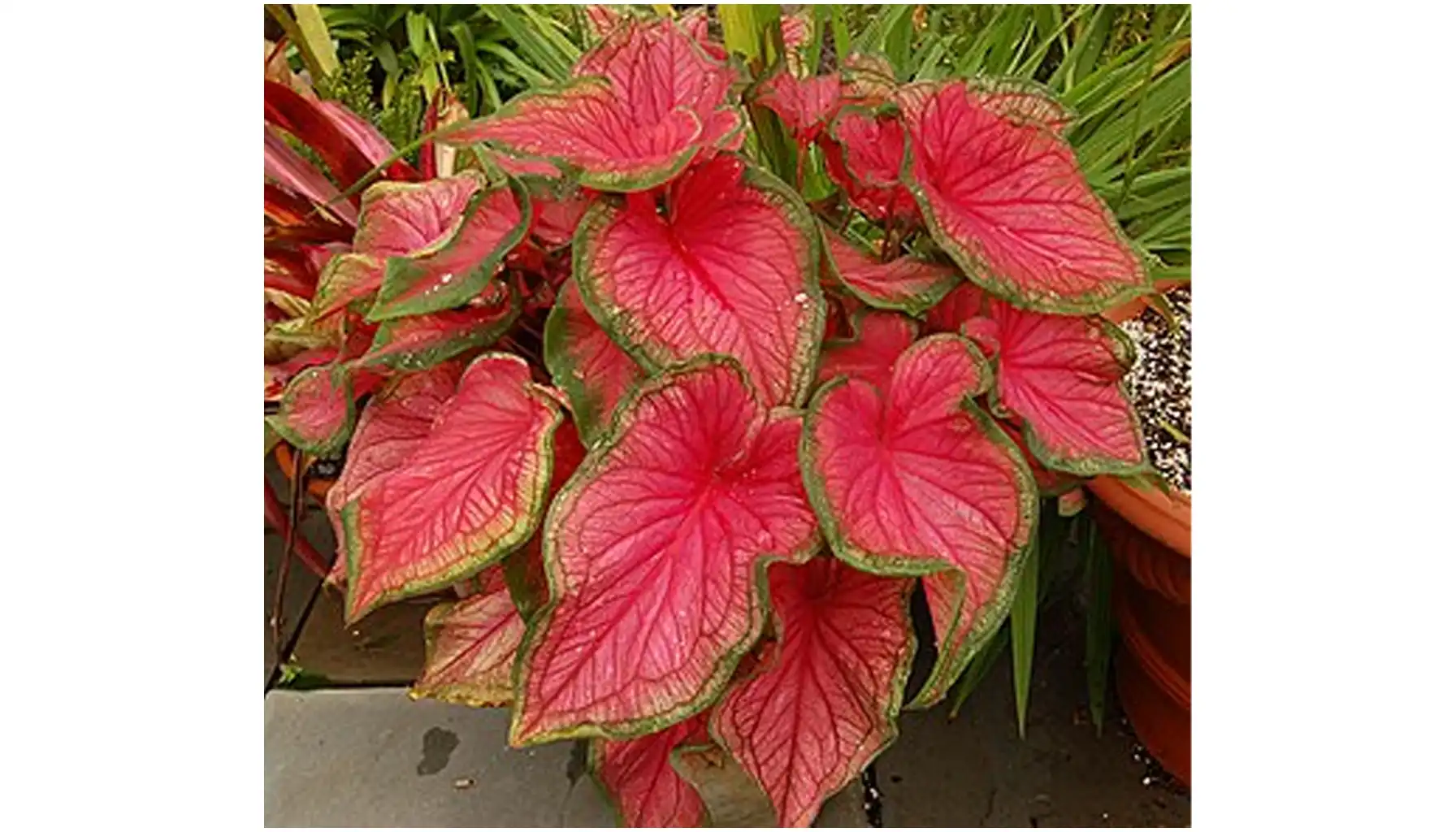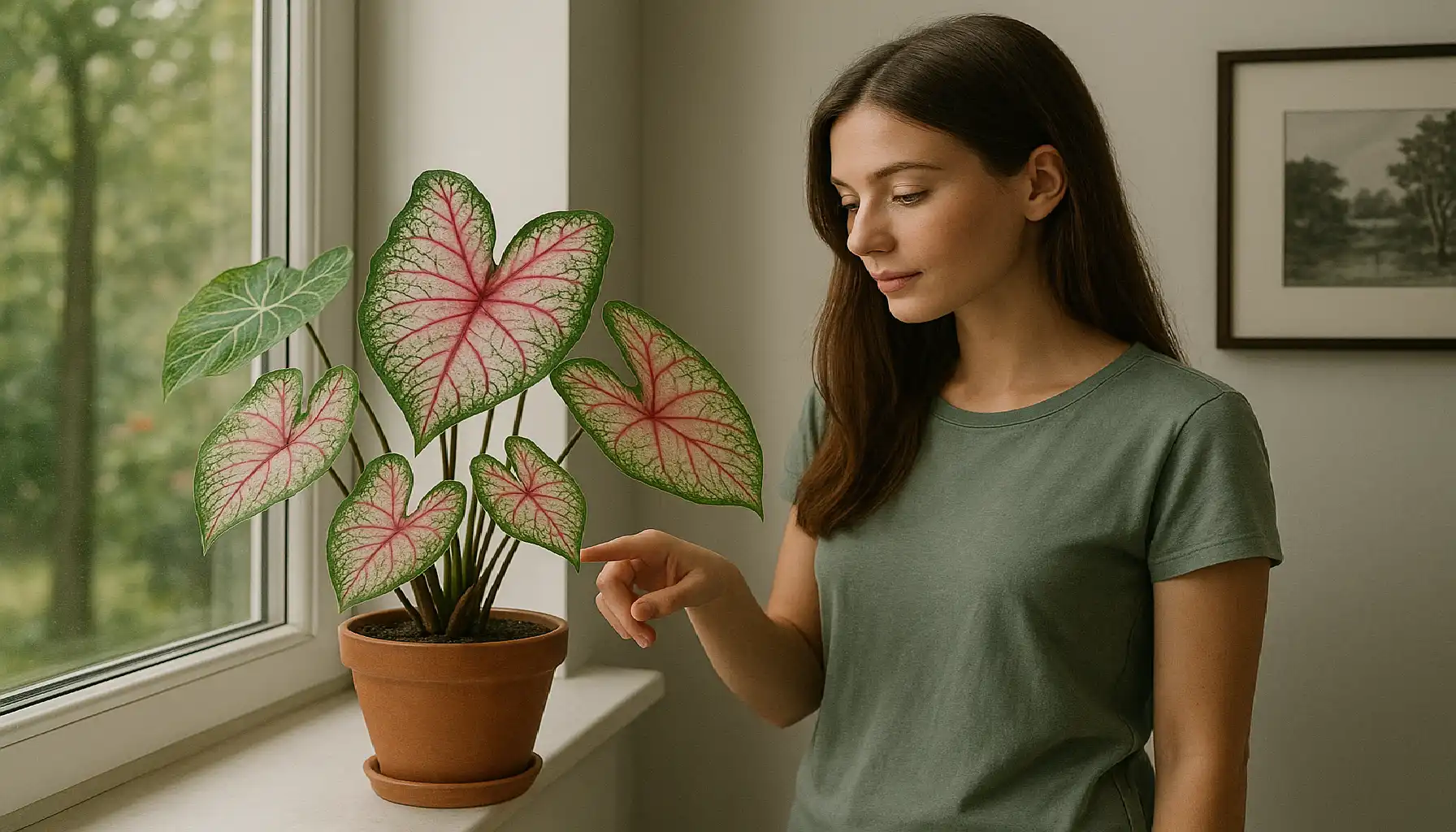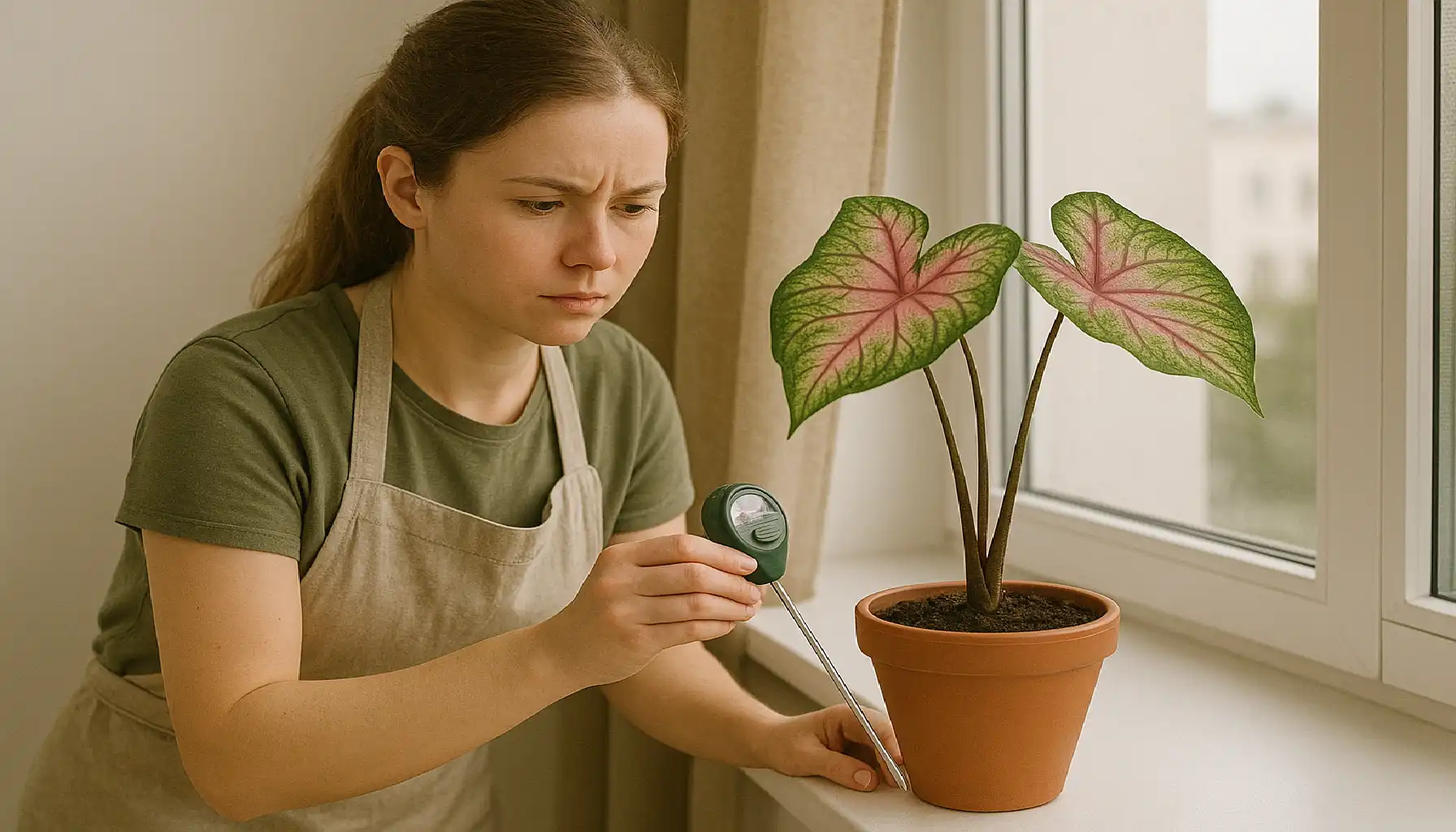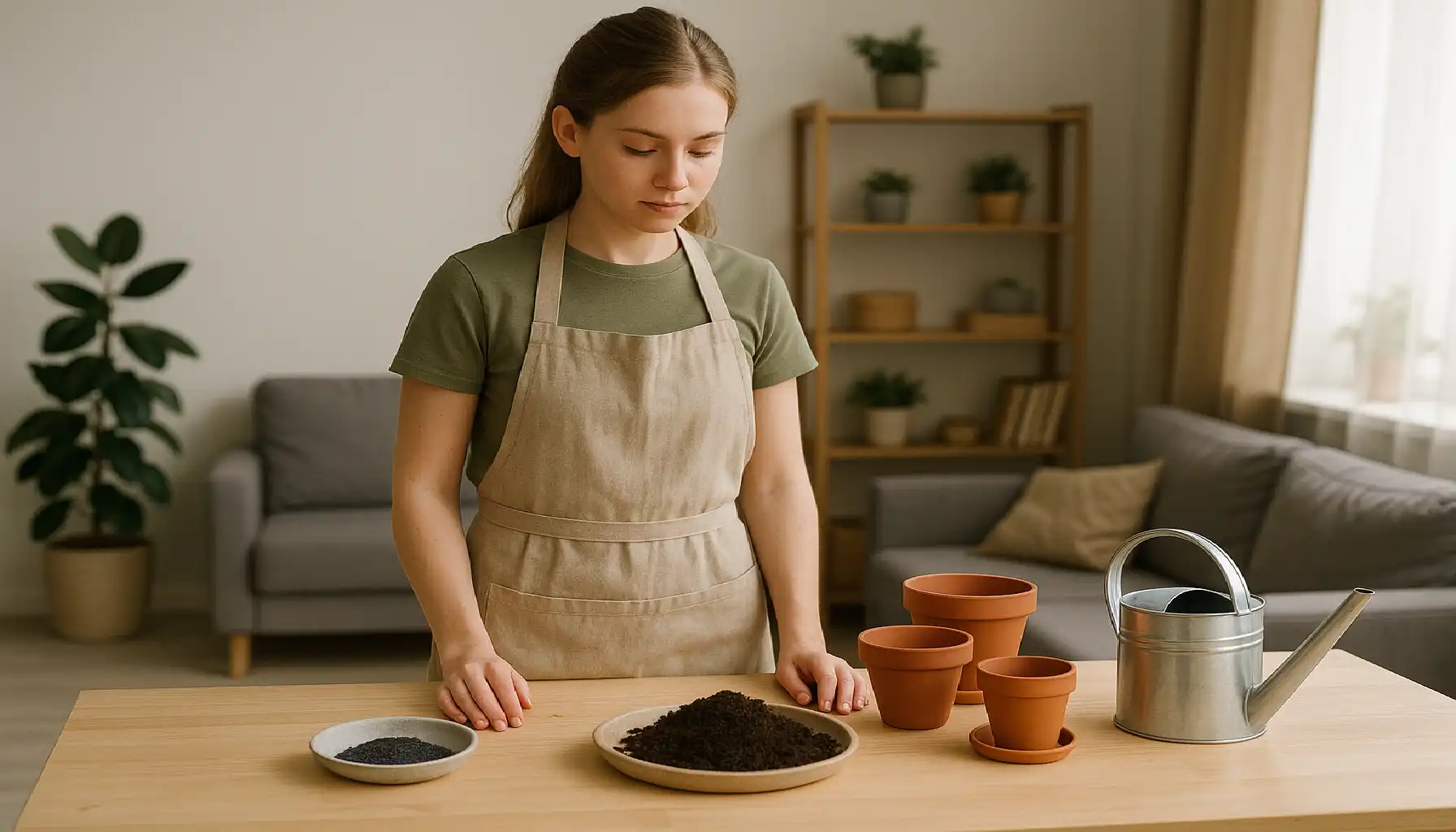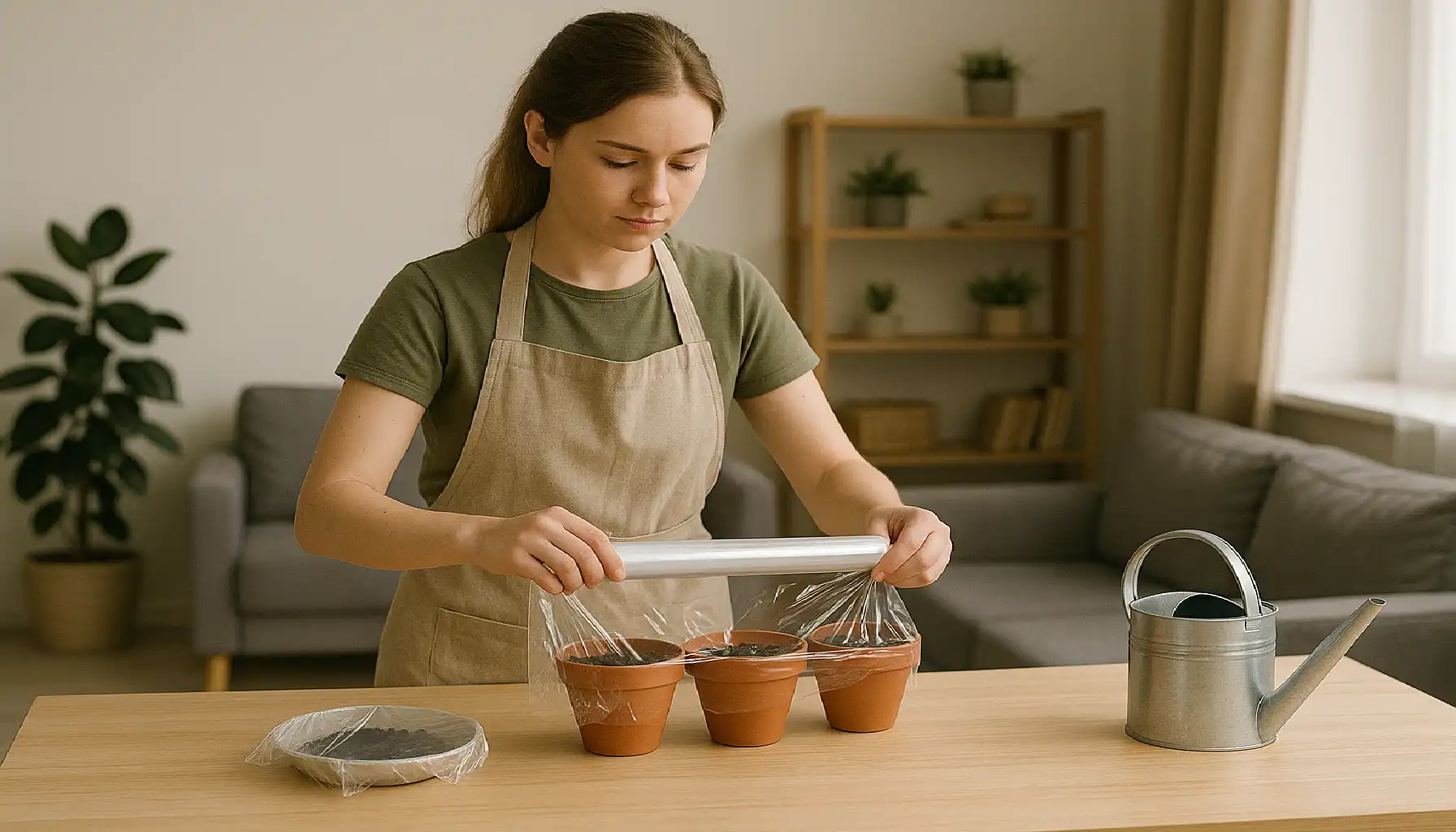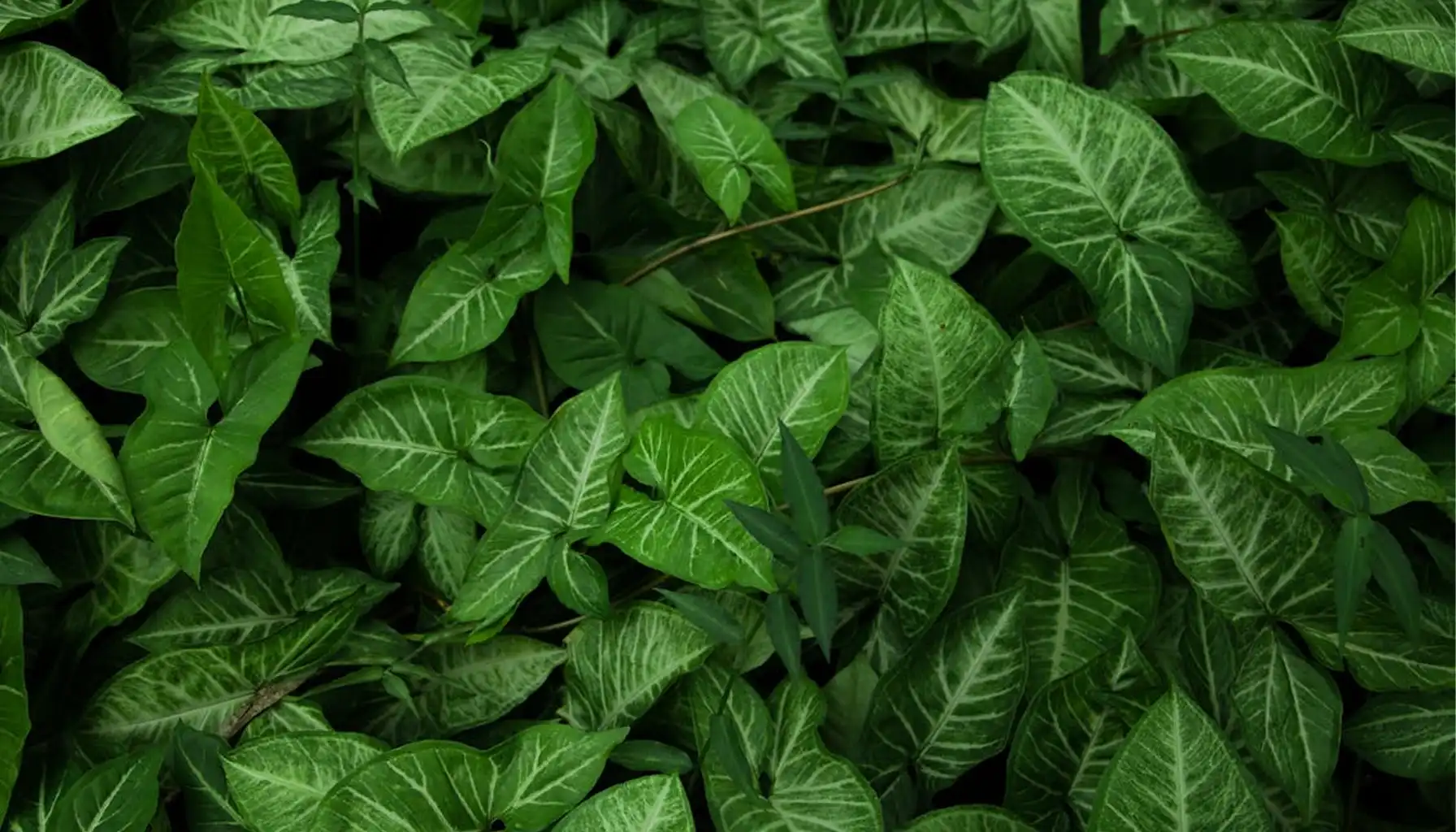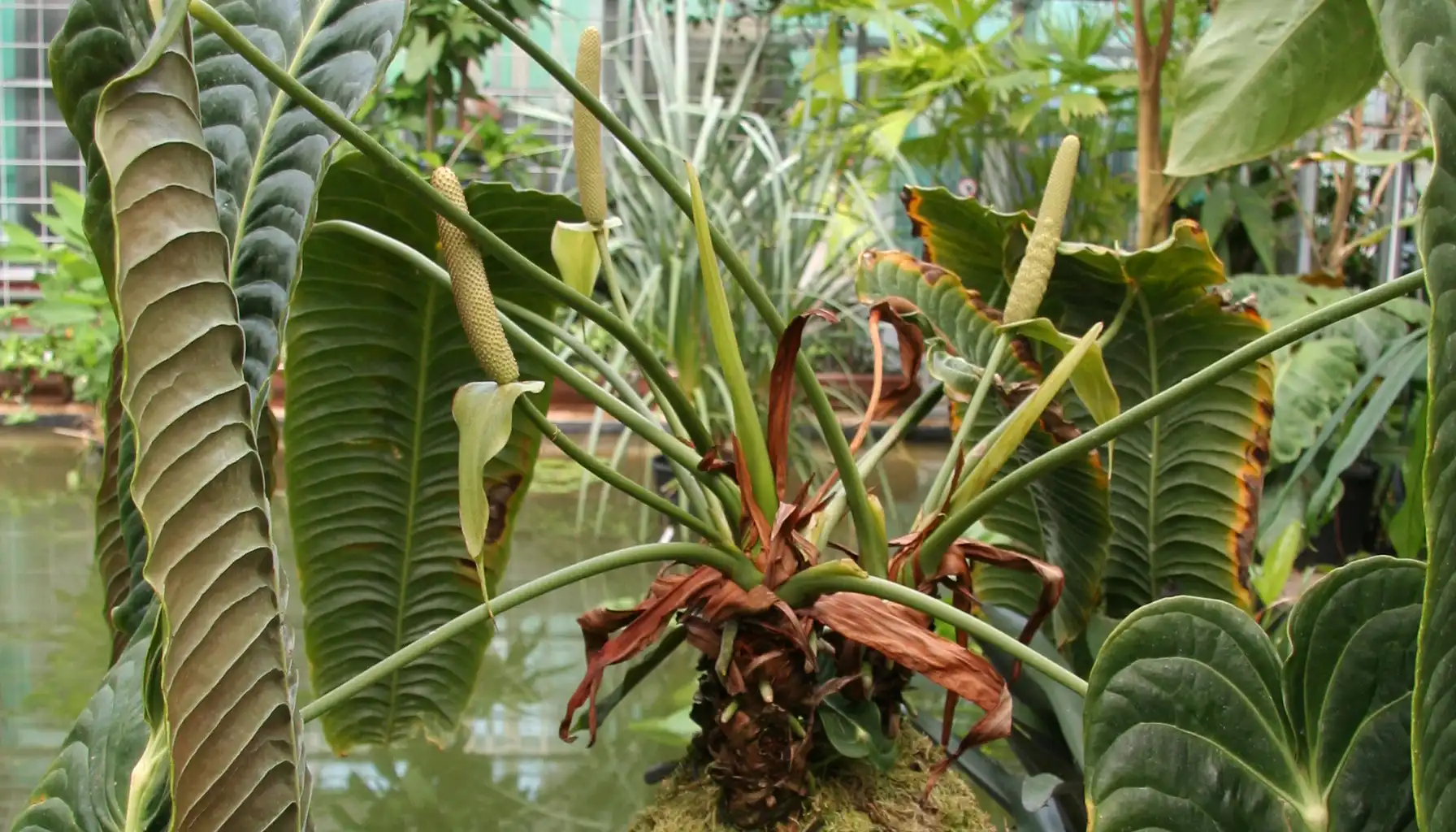.Now we will talk about the sacred heart of Jesus plant – or, as it is also called, Caladium. I think many will agree that its popularity among gardeners and lovers of domestic flora is more than deserved.
The fact is that this is a real miracle from the tropics! It is thanks to these heart-shaped leaves that it got its poetic name. And although the heart of Jesus plant flower is not his main decoration, the overall picture is still amazing.
What Is It
This flower, which many people know as the "Heart of Jesus," actually belongs to the genus Caladium. Yes, that's his heart of Jesus plant scientific name. It is a plant with stunning leaves that can enliven any interior. And here's why.
Appearance
The main thing, of course, is the leaves.
They are large, heart-shaped (hence the name), and incredibly colored!
There are all shades of green, pink, red, and even white.
The heart of Jesus plant varieties are amazing!
Leaves | The leaves themselves are thin, almost transparent, with pronounced veins. This creates some kind of inner glow effect. |
Colors | Heart of Jesus plant white is just a minimalist's dream. But the heart of Jesus plant green is a more traditional option, but also very effective. There are varieties with bright pink or red spots, with contrasting veins and with a border around the edge. |
Flowering | The flowers of the caladium are rather modest, small ears surrounded by a veil. The main thing in it is foliage. |
Growing at Home
People often ask: is the heart of Jesus an indoor plant? Yes, this is a wonderful houseplant! He likes the warmth and humidity, so a city apartment is quite suitable for him. True, it has a dormant period in winter when the leaves die off, but in spring it comes to life again.
If we talk about the heart of Jesus plant benefits, then it's more about aesthetics. It perfectly cleanses the air, like many plants, but the main thing is that it simply pleases the eye and creates comfort in the house.
And the heart of Jesus plant indoor really enlivens the room, brings bright colors and makes it more lively.
Useful Properties and Applications
The Caladium heart of Jesus plant indoor is not just an ornament, although it does it one hundred percent.
Eye-pleasing
This is perhaps the main advantage.
Bright foliage lifts the mood, creates an atmosphere of the tropics right at your home.
And the variety of varieties allows you to choose a plant for any interior.
Space decoration
The heart of Jesus plant uses in the interior are almost limitless.
It looks great both alone and in compositions with other plants.
They can decorate a window sill, shelf, table, or even be used in vertical landscaping.
It is also a great option for landscaping in warm climates.
There are large species, the so-called elephant ear heart of Jesus plant.
Poison
But here you need to be careful. Unfortunately, there is a heart of Jesus plant poisonous to cats. And not only for cats, but also for dogs and other pets. It's all about calcium oxalate, which is found in the juice of the plant.
Symptoms | If your pet decides to try a caladium leaf, he may experience irritation of the oral mucosa, salivation, vomiting, and difficulty swallowing. So, the heart of Jesus plant toxic to cats is no joke. |
Precautions | It is best to put the caladium in a place inaccessible to animals. If this is not possible, you will have to keep an eye on them so that they do not show interest in the plant. In case of poisoning, you should immediately consult a veterinarian. |
How to Care for a Heart of Jesus Plant
The heart of Jesus plant care interiors is a whole range of activities aimed at creating optimal conditions for him. Remember, he loves warmth and humidity, just like in the tropics!
Basic Needs
Light | He needs bright but diffused light. Direct sunlight can burn the leaves, but in the shade they will lose their brightness. The ideal location is the east or west window. |
Temperature | The optimal temperature for caladium is 20-25 degrees Celsius. Not lower than 18 degrees in winter. He doesn't like drafts, so don't put him near open windows. |
Soil | A loose, well-drained substrate is needed. A mixture of peat, humus and sand is suitable. You can buy ready-made soil for ornamental and deciduous plants. |
Fertilizers | It is necessary to feed during the period of active growth, from spring to autumn. Use complex mineral fertilizers for ornamental and deciduous plants, diluting them twice as much as indicated on the package. |
Water
Also Caladium likes high humidity. Spray its leaves regularly with mild water at room temperature. You can put the pot on a tray with wet pebbles. If the heart of Jesus plant leaves drooping, it may lack moisture.
Winter
In winter, caladium has a dormant period.
The leaves are starting to die off, and that's normal.
Reduce watering to a minimum and move the pot to a cool, dark place.
In the spring, when the first shoots appear, transplant it into fresh soil and gradually increase watering and lighting.
By the way, if you want to add to your collection, you can always find the heart of Jesus plant for sale in flower shops or online. And you already know how to take care of the heart of Jesus plant!
Heart of Jesus Plant Propagation
The most reliable way how to propagate heart of Jesus plant is by dividing tubers. Let's take this process step by step so that we don't miss any important details.
Preparation
Time | The best time to divide tubers is in spring, when the plant comes out of dormancy and begins to grow actively. During this period, he has a lot of energy, and he will more easily bear the stress of separation. |
Tools | You will need a sharp knife or scalpel (always disinfected!), powdered charcoal or activated charcoal (for processing cuts), pots for new plants, loose and nutritious soil, and a watering can with soft water. |
Mother plant | A few days before the planned transplant, stop watering the mother plant so that the ground dries up a little. This will make it easier to remove the tuber from the pot. |
Tuber extraction
Carefully turn the pot over and remove the plant along with the clod of earth. If the plant is firmly in the pot, tap on its walls to loosen the roots.
Try not to damage the roots, especially if they have not had time to dry out after the dormant period.
Carefully peel the tuber from the ground so that you can clearly see the growth points (eyes).
Tuber division
1 | Carefully inspect the tuber. You will see several growth points on it – small bumps, from which new leaves will later grow. |
2 | Using a sharp, disinfected knife, carefully cut the tuber into several parts. It is important that each part has at least one growth point, and preferably several. |
3 | Try to make the slices as smooth and clean as possible. If the cut is ragged, trim it with a knife. |
Slice processing
Landing
Prepare pots for the new plant heart of Jesus. A drainage layer is placed at the bottom of each pot to ensure a good outflow of water.
Pour the soil mixture into the pot, leaving a few centimeters to the edge.
Plant the split tubers in pots to a depth of about 5 cm.
Lightly water the soil with soft water at room temperature.
Creating greenhouse conditions
Cover the pots with the planted tubers with a transparent film, glass or plastic lid. This will help to create the greenhouse conditions necessary for germination.
|
Put the pots in a warm, bright place, but avoid direct sunlight. |
Ventilate the greenhouse regularly to avoid mold formation. |
Keep an eye on soil moisture. It should be moderately moist, but not wet. |
Care after sprouts appear
When the first shoots appear, gradually accustom the plants to indoor air. First, open the greenhouse a few hours a day, gradually increasing the ventilation time.
When the plants get stronger, remove the greenhouse completely.
Take care of young plants in the same way as for adults: provide them with bright diffused light, moderate watering and regular fertilizing.
Recommendations
Take your time | Let the slices on the tubers dry well before planting. This will reduce the risk of rotting. |
Be careful | Try not to damage the growth points when dividing the tuber. |
Keep clean | All tools must be clean and disinfected. |
Control humidity | Excessive humidity can cause tubers to rot, and insufficient humidity can cause tubers to dry out. |
Be patient | Tubers may take some time to germinate. Don't worry if the sprouts don't appear right away. |
AI Plant Finder Related Posts:
